Words are omnipresent in today’s life, from smartphones to books, websites, and beyond. We constantly engage with written words, from product manuals to store packaging, surrounded by various types of typography. While we often ponder the written word’s power, we seldom consider the designer’s role in mimicking the tone of a word or sentence through visual representation.
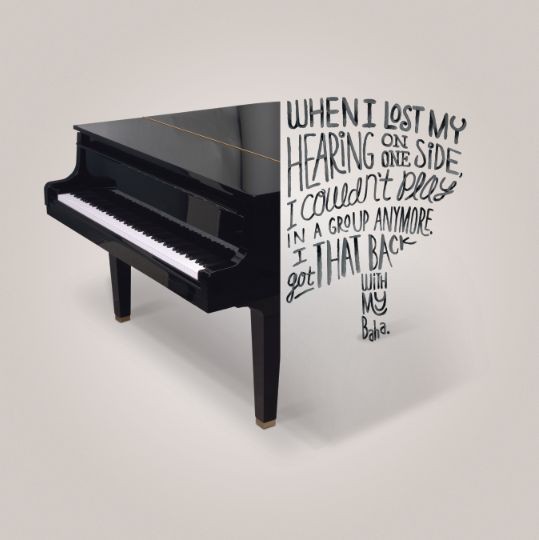
Behind the scenes, a designer invests time and effort in aligning the text’s appearance with its purpose. In simpler terms, various moods, atmospheres, and emotions can be conveyed simply through font selection, size, weight, spacing, and other typographic elements. This process is known as typography.
In this comprehensive article, we will unlock the door to everything you need to know about typography. We will begin by defining typography, including a brief history of its origins and evolution. Then, we will explore the benefits of good typography and its impact on users, businesses, and society as a whole.
History of Typography
The history of typography can be traced back to the ancient civilizations of Mesopotamia and Egypt, where writing systems such as cuneiform and hieroglyphics were developed. The invention of the alphabet in the 1st millennium BC revolutionized the way information was recorded and disseminated, leading to the development of various writing styles and scripts across different cultures.
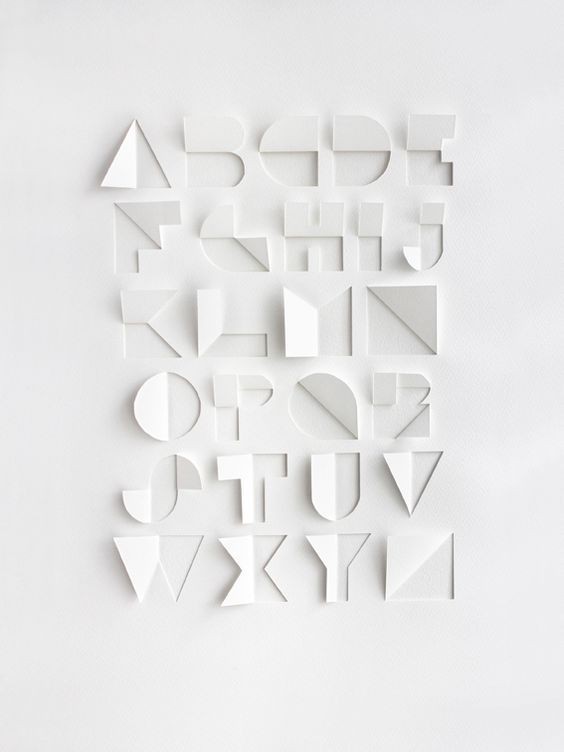
The invention of the printing press by Johannes Gutenberg in the 15th century marked a significant turning point in the history of typography. Gutenberg’s movable type system allowed for the mass production of books and other printed materials, making knowledge and information more accessible to the general public. This had a profound impact on the Renaissance, the Protestant Reformation, and the Scientific Revolution, fostering widespread literacy and intellectual advancement.
The 20th century witnessed the birth of digital typography with the invention of computers and phototypesetting machines. This revolutionized the design and production of printed materials, providing designers with unprecedented control over typographic elements. The advent of the internet and the World Wide Web in the late 20th century further accelerated the evolution of typography, making it an integral part of web design and user interface design.
The Benefits of Good Typography
Good typography goes far beyond selecting beautiful fonts. It is a critical aspect of user experience (UX) design, brand identity, and communication effectiveness. Here are some of the key benefits of good typography:

- Enhanced readability and comprehension: Typography can significantly improve the readability and comprehension of text by optimizing font size, weight, spacing, and line length for different reading environments and audiences.
- Increased visual appeal and engagement: Typography can enhance the visual appeal of written content, making it more engaging and attractive to readers. This can be achieved through the use of creative font combinations, colors, and typographic layouts.
- Stronger brand identity and recognition: Typography can play a crucial role in establishing and strengthening a brand’s identity and recognition. A unique and consistent typographic style can help businesses differentiate themselves from competitors and create a memorable visual impression.
- Improved user experience and accessibility: Typography can contribute to a better user experience by making websites and other digital interfaces easier to navigate and use. This can be achieved through the use of clear and concise text, well-organized layouts, and appropriate typographic choices for different screen sizes and devices.
- Increased trust and credibility: Good typography can convey professionalism and trustworthiness, enhancing the credibility of an organization or individual. This is particularly important in areas such as news reporting, academia, and legal documentation.
The Elements of Typography
Typography is a multifaceted discipline that encompasses a wide range of elements. Here are some of the key elements of typography that designers and businesses should consider:
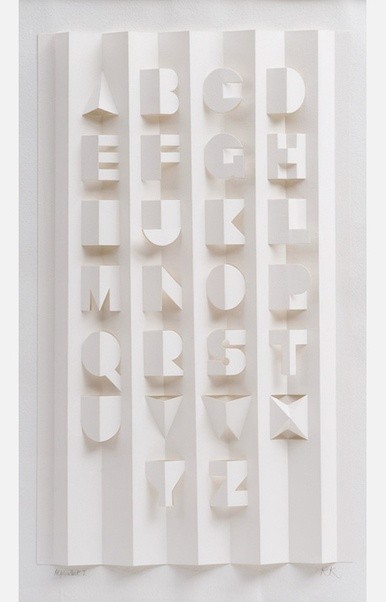
- Fonts and typefaces: A typeface is a design concept that includes a countless number of characters with varying sizes and weights. A font, on the other hand, is a graphical representation of a typeface’s characters. Simply put, a typeface is a collection of related fonts, while fonts refer to the weights, widths, and styles that make up a typeface. There are various types of fonts, including serif, sans-serif, script, and decorative fonts, each with its own characteristics and applications.
- Font selection: Selecting the appropriate font for a particular project is a crucial aspect of typography. The chosen font should be consistent with the project’s goals, audience, and tone. Factors such as readability, legibility, brand identity, and technical compatibility should be considered when making font choices.
- Kerning and tracking: Kerning refers to adjusting the horizontal space between individual characters, while tracking refers to adjusting the overall spacing between all characters in a text block. Proper kerning and tracking can enhance the readability and visual appeal of text.
- Leading: Leading, also known as line spacing, refers to the vertical space between lines of text. Adjusting the leading can improve the readability and legibility of text, particularly for long blocks of text. Optimal leading depends on factors such as font size, line length, and reading medium.
- Alignment: Alignment refers to the arrangement of text on a page or screen. There are three main types of alignment: left-aligned, right-aligned, and centered. Each alignment creates a different visual effect and can be used to achieve specific goals. Left-aligned text is commonly used for body text as it promotes natural reading flow. Right-aligned text can be used for headings or short blocks of text to create a sense of balance. Centered text is often used for titles, quotes, or other elements that require emphasis.
- Whitespace: Whitespace, also known as negative space, refers to the areas of a page or screen that are not occupied by text or other elements. Whitespace is a crucial element of typography as it can enhance readability, improve visual hierarchy, and create a sense of balance and harmony. Effective use of whitespace can make a design appear clean, modern, and inviting.
- Color: Color is a powerful tool in typography that can be used to evoke emotions, create emphasis, and convey information. The choice of colors should be consistent with the overall design and brand identity. Highlighting important words or phrases with contrasting colors can help draw attention and improve information retention.
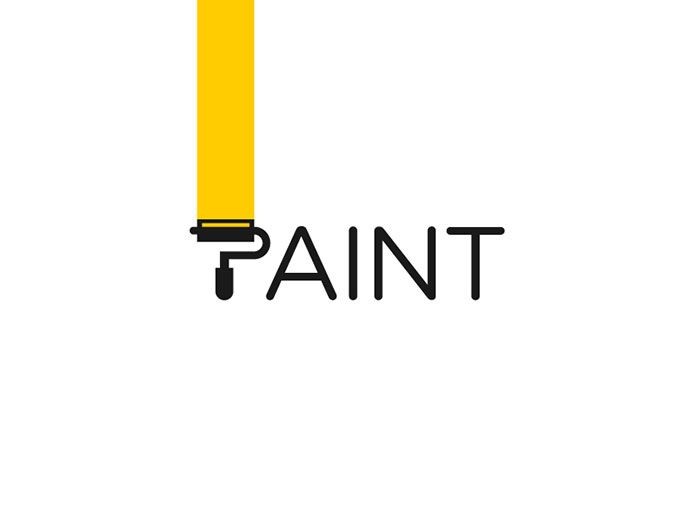
Typography in Different Applications
Typography plays a vital role in various fields, including:
- Web design: Typography is a fundamental aspect of web design, influencing the overall user experience, readability, and accessibility of websites. Designers must consider factors such as font size, legibility, and screen resolution when designing for the web.
- Print design: Typography is a key element in print design, including books, magazines, newspapers, and brochures. The choice of fonts, typefaces, and other typographic elements should be aligned with the publication’s target audience and content.
- Branding: Typography can be a powerful tool for creating a unique and memorable brand identity. A consistent typographic style across all branding materials, such as logos, business cards, and marketing materials, can help businesses establish a strong visual presence and differentiate themselves from competitors.
- User interface design: Typography is an integral part of user interface (UI) design, influencing the usability and accessibility of digital products such as apps, websites, and software. Clear and concise text, well-organized layouts, and appropriate font choices can enhance the user experience and make digital products easier to use.
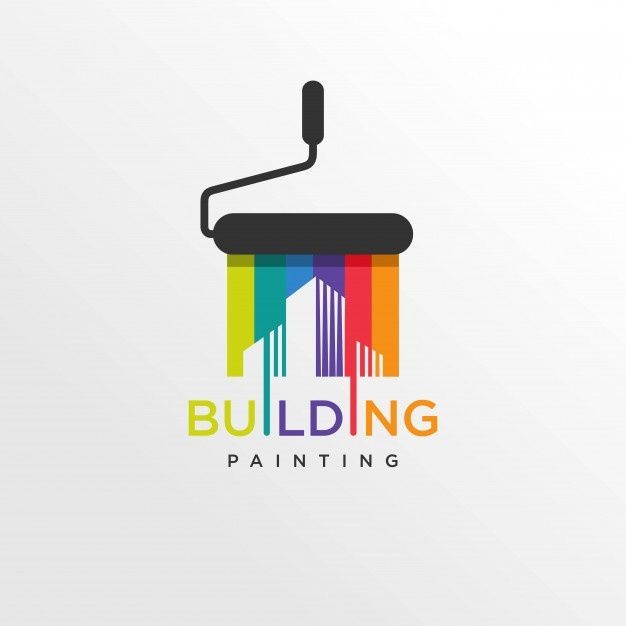
Conclusion
Typography is a vast and complex subject that encompasses a wide range of elements and principles. By understanding and applying the key concepts of typography, designers, businesses, and individuals can create visually appealing, engaging, and effective written communication that resonates with their target audience and achieves their desired goals.


